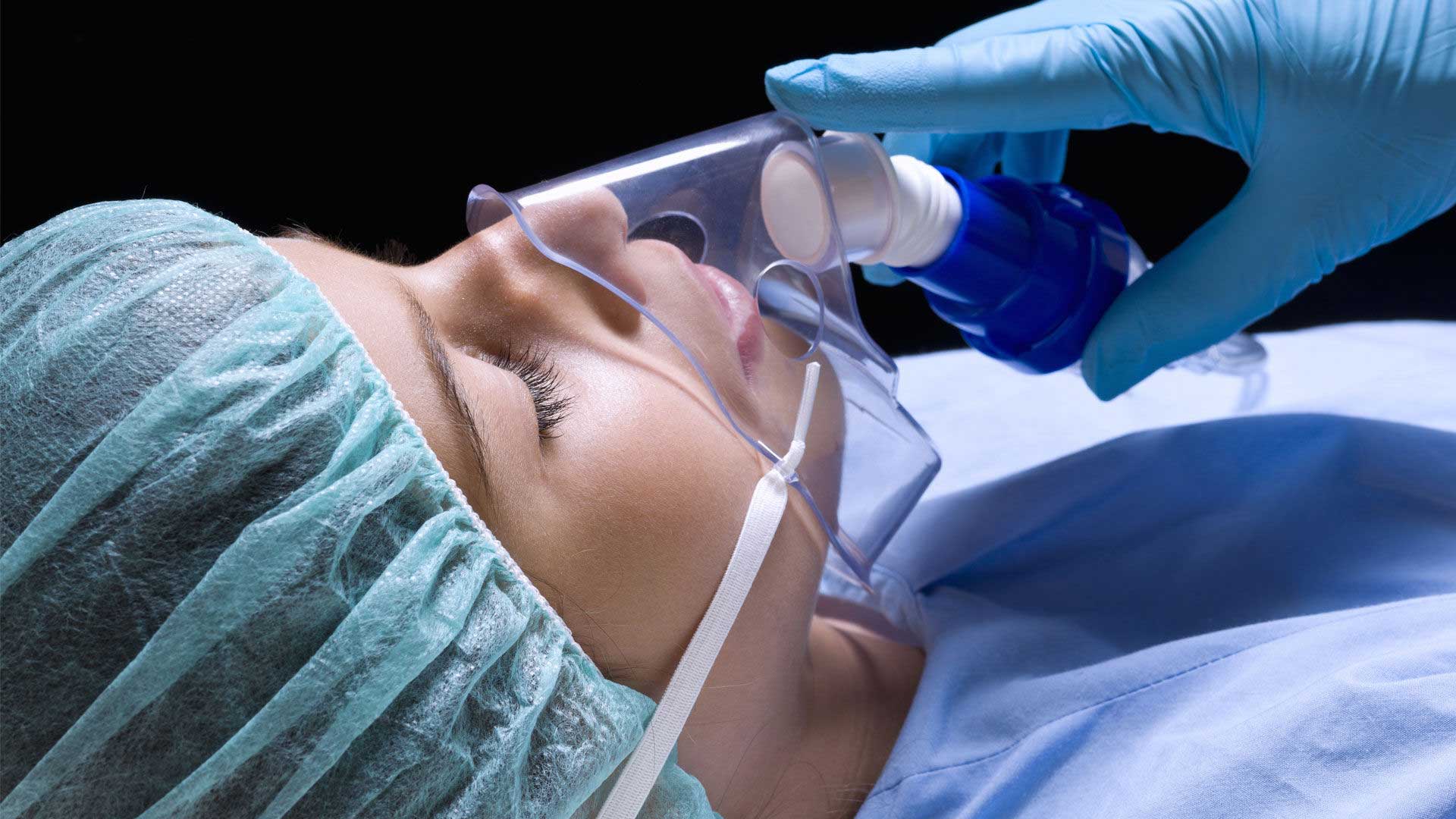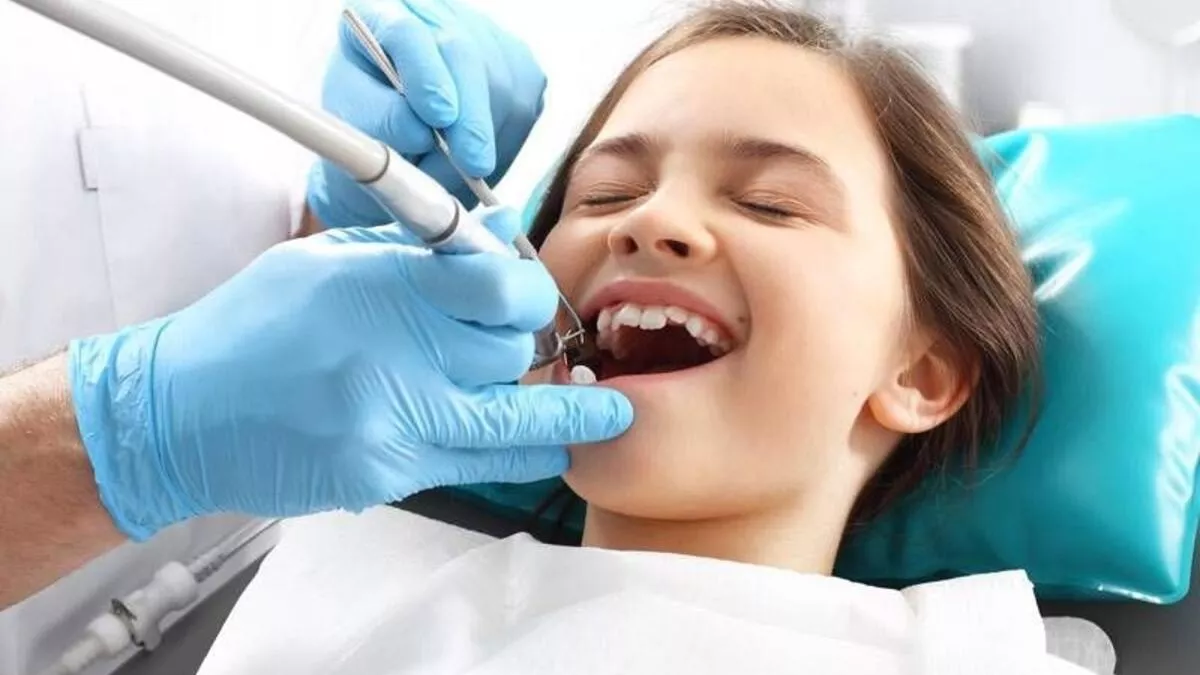Sedation and General Anesthesia
Sedation and General Anesthesia
Pediatric dentistry serves as a key branch of dentistry and has become more and more important in recent years. How pediatric dentists approach their patients has a particular importance, as services are provided not only to healthy children but also to mentally and physically challenged children. It is a very important and comfortable practice in being able to perform all treatments in a single session without causing psychological trauma in young children who cannot cooperate and those who have fear of the dentist.
What is sedation?
Difficulties in treatment in pediatric dentistry often arise from the inability to control the fear and anxiety of children. Although pedodontists, pediatric dentists, have developed deeply rooted practices in behavior management, these techniques are not always sufficient in ensuring cooperation. Here, sedation in dentistry comes into play.
Sedation is all medical practices performed by an anesthesiologist before dental treatments to calm the patient using medications.
It is often used in dentistry to calm pediatric patients. Sedation can also be performed in those who have fear of the dentist, whose treatment is not possible while awake due to a physical or mental challenge, or who have a high gag reflex.Sedation is performed by a drug called Dormicum, used in anesthesia. Dormicum is administered by an anesthesiologist intravenously or in the form of suppositories. It is sometimes used in combination with a drug called Ketanest.
The difference of sedation from general anesthesia is that the patient is conscious and can breathe independently during the procedure.
What is general anesthesia?
For treatments that can be performed in a short time and in patients without health risks, sedation is the primary choice. For patients who are not suitable for sedation, treatments are performed under general anesthesia by the decision of the anesthesiologist. General anesthesia causes temporary loss of consciousness and prevents patients from being aware of procedures and from feeling pain. It relaxes the muscles, facilitating the intervention. During general anesthesia, breathing is connected to machines.
Click for detailed information about the treatment.



